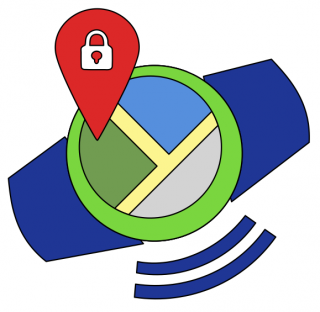This page provides the stats of the doctoral dissertations:
- ESR 1: 16.04.2024 https://trepo.tuni.fi/handle/10024/155622
- ESR 2: 27.04.2023 https://trepo.tuni.fi/handle/10024/147064
- ESR 3: 13.12.2023 https://trepo.tuni.fi/handle/10024/152798
- ESR 4: Pre-examination!
- ESR 5: 31.03.2023 https://trepo.tuni.fi/handle/10024/146093
- ESR 6: 09.06.2023 https://trepo.tuni.fi/handle/10024/148254
- ESR 8: 03.07.2023 https://trepo.tuni.fi/handle/10024/149635
- ESR 9: 17.05.2024 https://www.sdettib.pub.ro/EkaterinaSVERTOKA2024-05-17.html
- ESR 10: 13.01.2023 https://docs.upb.ro/wp-content/uploads/2023/01/Asma-Channa-Thesis-short-version.pdf
- ESR 11: 04.12.2023 https://trepo.tuni.fi/handle/10024/152585
- ESR 12: 17.05.2023 https://trepo.tuni.fi/handle/10024/148393
- ESR 13: 29.04.2024 https://dspace.vut.cz/server/api/core/bitstreams/ae8be590-702c-4a38-a443-2082e7f16717/content
- ESR 14: 05.04.2023 https://trepo.tuni.fi/handle/10024/146593
- ESR 15: 03.05.2023 https://iris.unirc.it/bitstream/20.500.12318/136586/1/Chukhno%20Nadezda.pdf
- ESR 16: 18.12.2023 https://www.tdx.cat/handle/10803/689593

